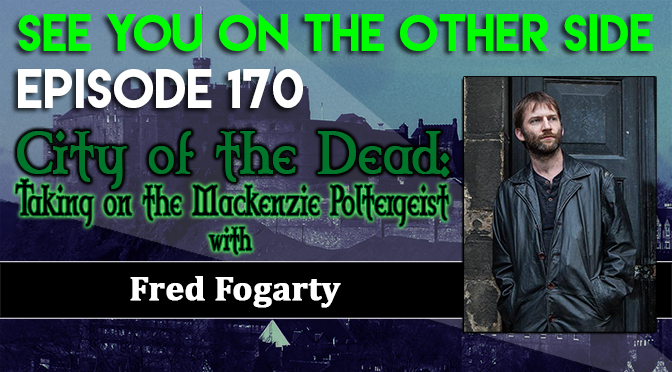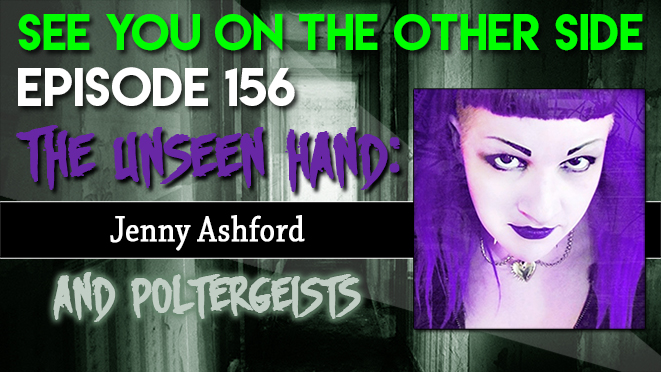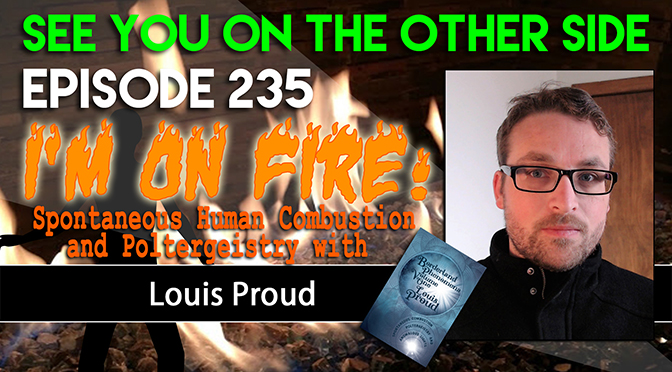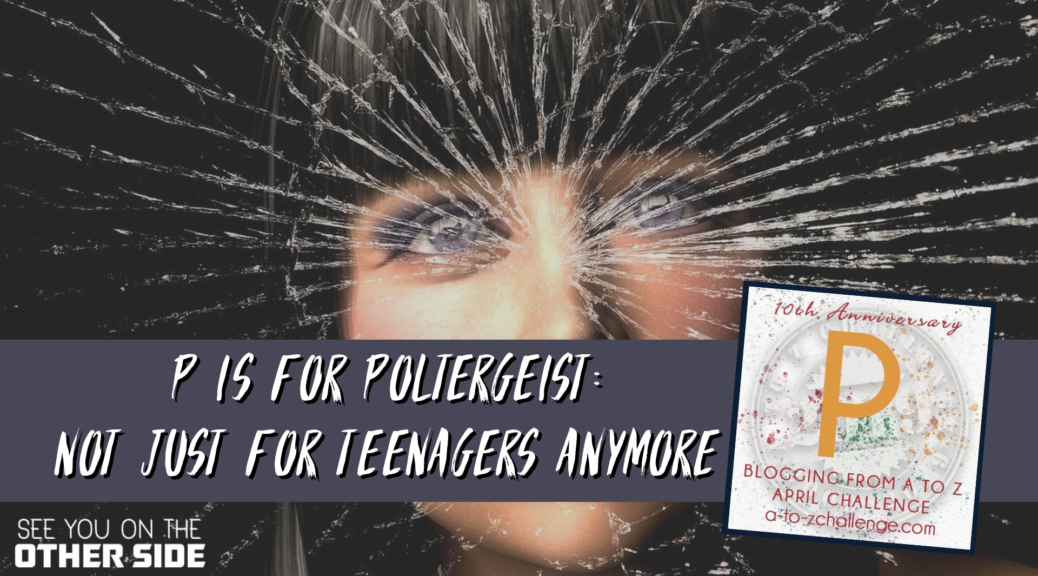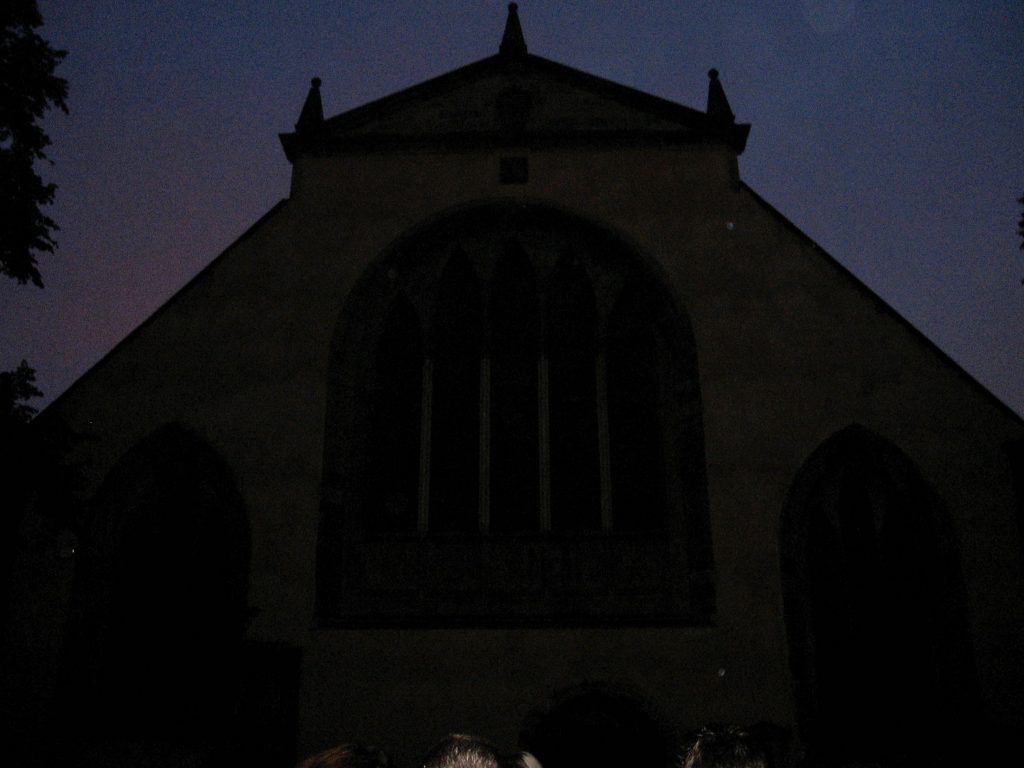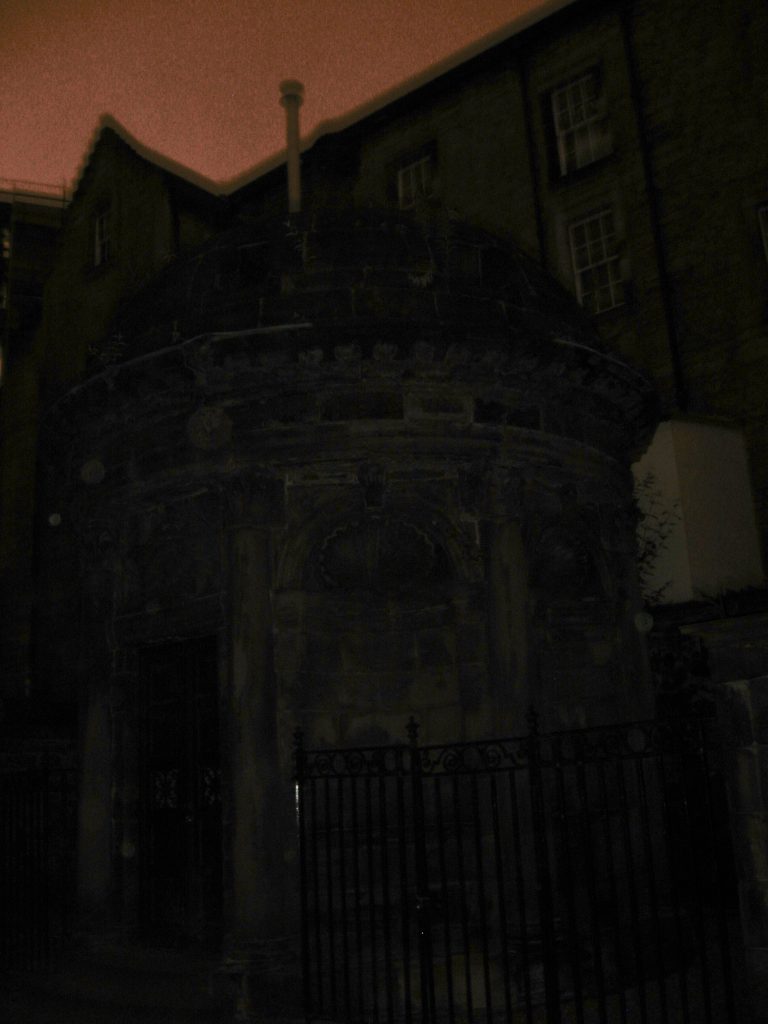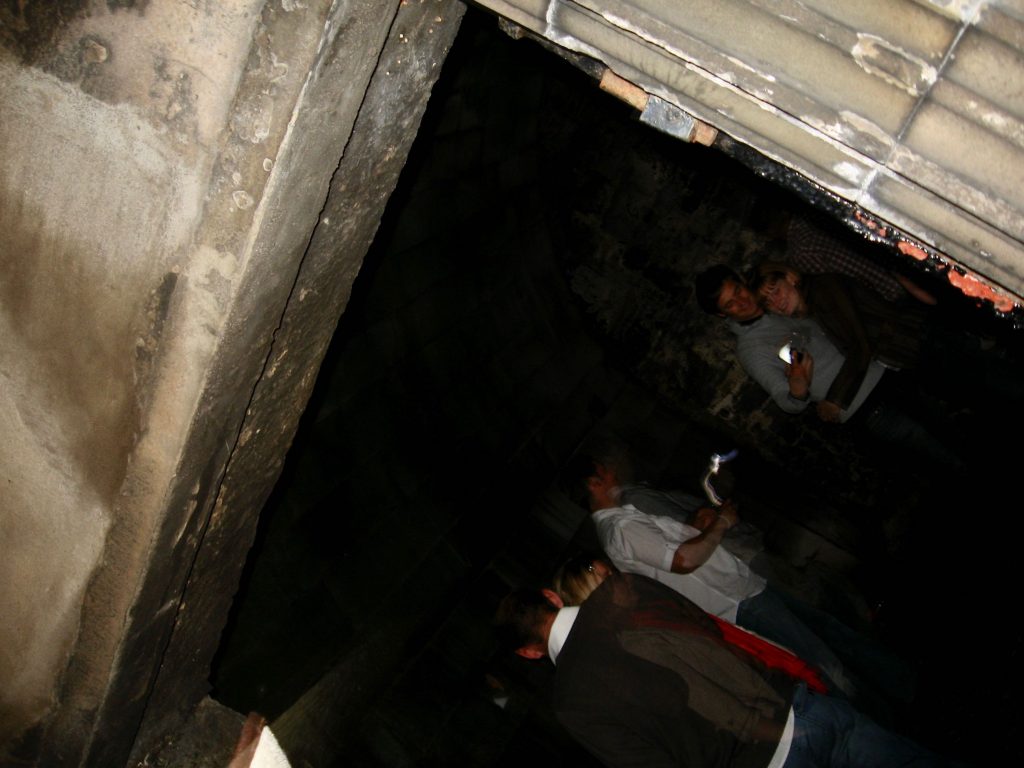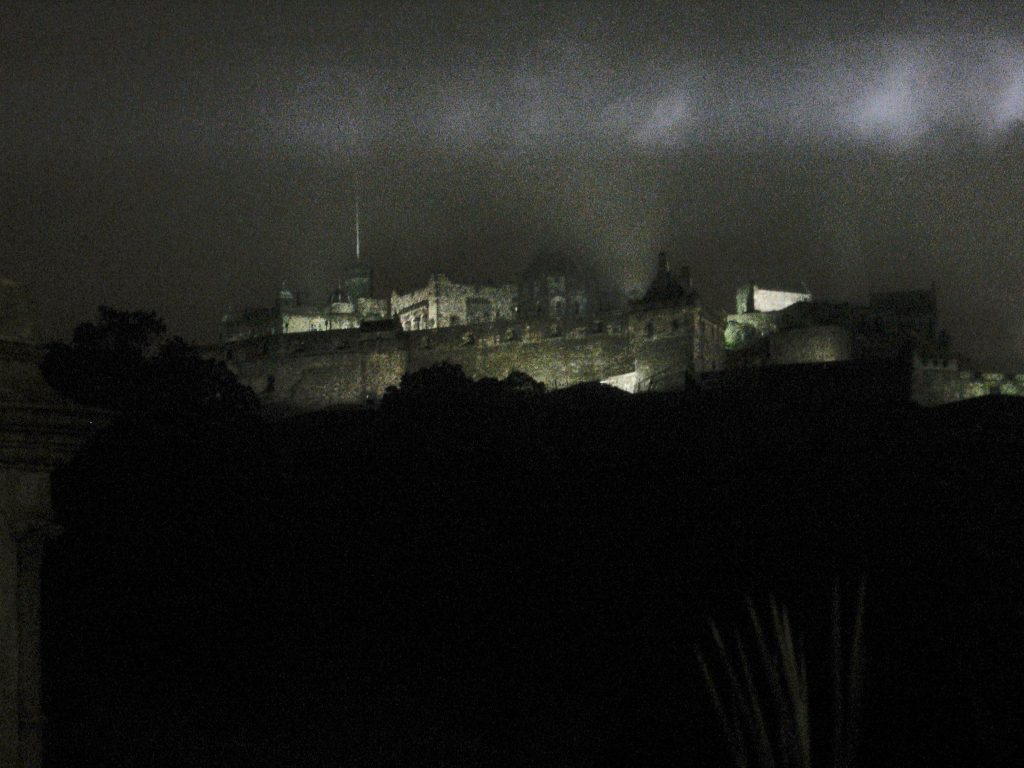Although I have respected colleagues in paranormal investigation who immediately dismiss all poltergeists cases as fraud, to a student of history, this approach seems limited and unreasonable. So many poltergeist cases pop up throughout history and across cultures that such casual dismissals don’t make sense. These eerily similar accounts of blatantly nonsensical manifestations are reported by very different populations dating back to antiquity and differ greatly from the usual ghost story narrative. This strongly suggests something is actually happening that goes far beyond mere imagination.
The German word “poltergeist” means “noisy ghost” and refers to the chaotic, cacophonous, house-wrecking phenomena that have been reported for centuries all over the world. These include, but are not limited to mysterious raps and other loud noises, untraceable fires and water damage, and the reckless hurling around of anything not nailed down by unseen forces. The word was first coined to describe such manifestations in 1638. Later Martin Luther would popularize the term in his religious writings. In 1848, the OG ghost hunter Catherine Crowe introduced the term to English usage in her groundbreaking catalog of the strange, The Night-Side of Nature.
The first recorded poltergeist case was in the 4th Century, according to Christopher Laursen, who wrote his PhD dissertation on the history of poltergeist phenomena at the University of British Columbia. Other sources attest such accounts date back to Ancient Greece.
The prevailing hypothesis maintains these violent outbursts may not be due to ghosts or any external forces at all, but to the power of the mind alone. Today poltergeists are mainly viewed as uncontrolled tantrums of telekinesis perpetrated most commonly by adolescent females. The modern study of the unexplained, parapsychology, has largely reclassified poltergeist activity as a human-centric phenomenon with the new label Recurrent Spontaneous Psychokinesis (RSPK). However, fashionable this current explanation, such activity has not always been blamed on the unconscious psychic machinations of disturbed teenage girls, but to many other monsters including ghosts, demons, fairies, and vampires.
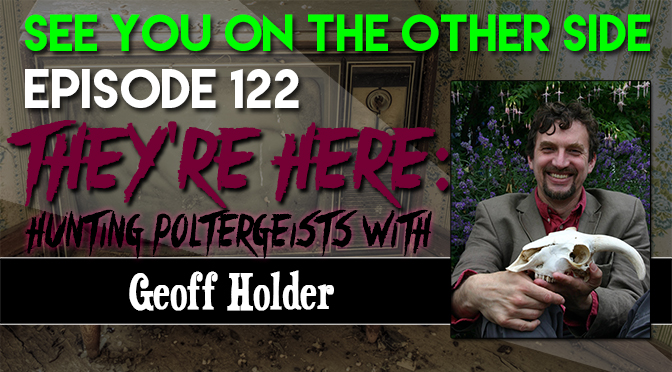
My favorite podcast discussion about poltergeists was with Fortean author Geoff Holder. He spoke with us about his masterpiece of research, Poltergeist Over Scotland for which he examined 134 poltergeist cases documented in the historical record. Many different cultural contexts have been imposed upon poltergeist manifestations over the ages. However, in his opinion, no one explanation applies to all cases, even our modern interpretation. He has found that only 1/4 to 1/3 of poltergeists center on an adolescent human agent. To Holder, poltergeist activity usually has no obvious purpose and may just be the work of feckless entities, essentially the “numpties” of the supernatural.
Whereas most hauntings function as memento mori or cold comfort for mortality, poltergeist activity, on the other hand is often so chaotic it’s more likely to remind us that humans are not the center of the universe. Holder asserts that it may represent a non-human intelligence which is almost entirely indifferent to us.
Although Holder admits hoaxes and pranks do account for some poltergeist cases, as they do for any reported phenomena, he maintains that they cannot explain away the literally thousands of poltergeist cases reported by multitudes of reliable witnesses and the consistency of their accounts over centuries. In his study of 134 cases, he found that only 4.5% involved hoaxing. The analyses of other researchers indicate these numbers are between 3% and 15%.
Holder also hopes that the physical nature of poltergeist cases will open up the possibility for the scientific study of this phenomena. He cites one 2010 study of the unique audio signature of poltergeist raps as a step in the right direction. Conceivably studies such as these could some day lead to the scientific breakthrough for which every psychical researcher has been waiting.
For more fascinating poltergeist cases, listen to the following:
